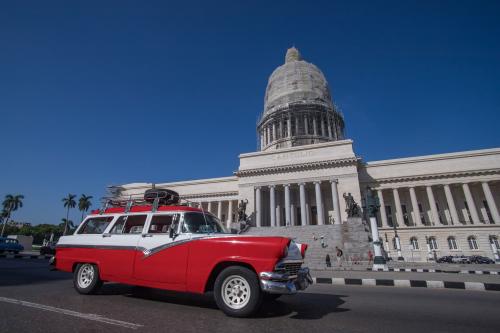At the time the World Trade Organization’s Doha Development round of talks was launched, in 2001, developing countries were largely absent from free trade negotiations, while the United States, the European Union, and Japan ran the show. And as a result, many countries saw few benefits from the global expansion of trade. The share of sub-Saharan African countries in global trade, for example, was actually falling by the turn of the century.
The Doha development round was set up to try and remedy these inequities by including topics of interest to developing countries, like agriculture, and by engaging these former outsiders more directly in the negotiations. But today, after a decade of stagnating debate, it’s easy to forget even the basics of what these talks are about, particularly because the various papers coming out of the WTO on the subject bring to life Alan Greenspan’s quip: “If you understood what I just said, I must have misspoken.” The Doha round has become so bogged down in detail and insider language about Swiss formulae and Blue Boxes that the essentials seem to have been forgotten.
So what exactly do developing countries, the supposed target beneficiaries of the Doha round, want to achieve?
The Brookings Institution is committed to quality, independence, and impact.
We are supported by a diverse array of funders. In line with our values and policies, each Brookings publication represents the sole views of its author(s).



Commentary
Op-edDoha or Bust
June 3, 2011